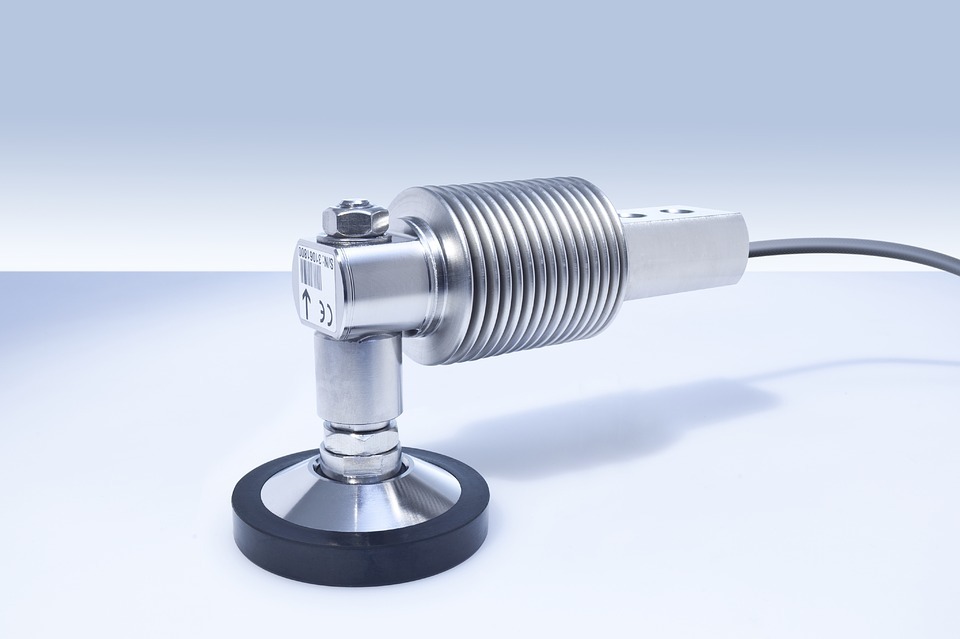We use them in our kitchen or bathroom scales, and when weighing our luggage at the airport. They are a vital component when weighing huge pallets of cargo at the docks. They are even part of the device that triggers those annoying words ’unexpected item in bagging area’.
What is a load cell?
Almost anything that needs weighing will use an instrument called a load sensor to do so. So, how exactly does a load cell work and with the massive variety of uses they are put to, how many different types does a load cell manufacturer need to produce?
Well, a load cell uses four strain gauges arranged in a very sensitive circuit called a Wheatstone Bridge that converts any force it is put under, such as torque, tension or most commonly compression into an electrical signal.
This electrical signal can then be translated as numbers on display (as on kitchen or bathroom scales). Or, it can trigger some sort of alarm like the one in a supermarket bagging area, or more importantly, for key industrial geotechnical operations.
It can measure the force placed upon bracing struts and retaining walls in construction, as well as on newly made tunnels and shafts. They are also used to measure the massive forces that the structure of dams are placed under by nature. They are key devices in the proper monitoring that helps to ensure the long-term safety of all these vital structures. Be sure to check out Ovesco if you would like to know more about gas struts.
Different types of load cell
Given the incredible number of uses for this device, a load cell manufacturer would have to make them available in a huge variety of different shapes types and sizes. As you would expect, each type has its own different advantages and working principles.
The purpose of a load cell is to weigh or check the amount of load transferred, so are in almost every device that performs this task. As a consequence, they need to be added to all sorts of machinery which will mean that some have to be very large, and some have to be as small as the coins in your pocket.
Each type has different characteristics for different applications, whether it be industrial, domestic or medical:
- Single point
- Bending beam load cells
- Dual shear beam
- Bending beam
- Miniature
- Shear beam
- Compression
- Pancake
Or more simply, can be categorised as either tension, compression, alternating, or bending. They are also divided into categories dependant on precision – ultra-precision, precision, standard, and general-purpose.
Manufacturing load cells.
When building this range of devices, load cell manufacturers also have many challenges based upon where the load cell is going to be used. For instance, for standard domestic or ‘general purpose’ uses, a less stringent quality is required than for the ultra-precision instrumentation used in medical applications.
For industrial and commercial uses, they have to create something that is of both rugged and robust construction, to ensure reliability and long term stability. It also has to be a stable system with no moving parts that require maintenance as well as needing to be temperature compensated, so they remain accurate in harsh and changeable environments.

